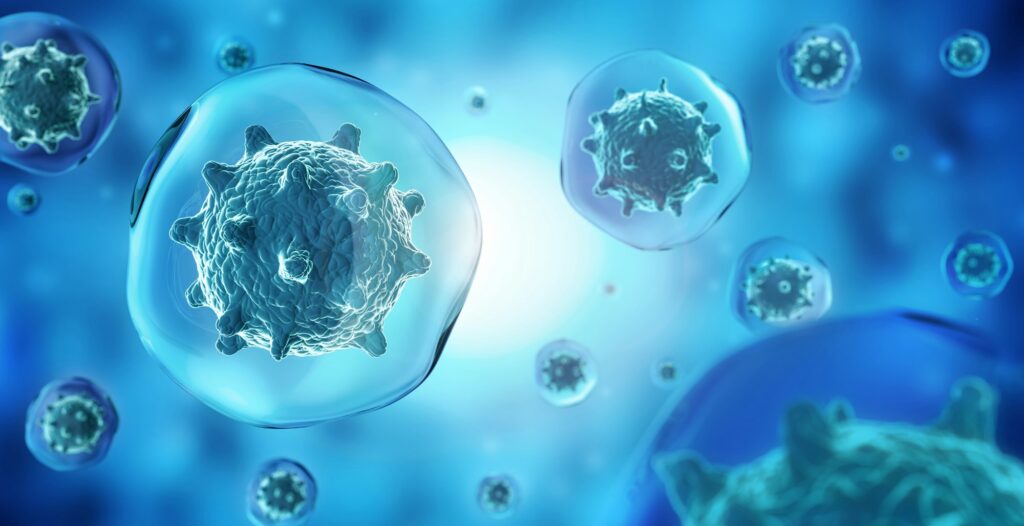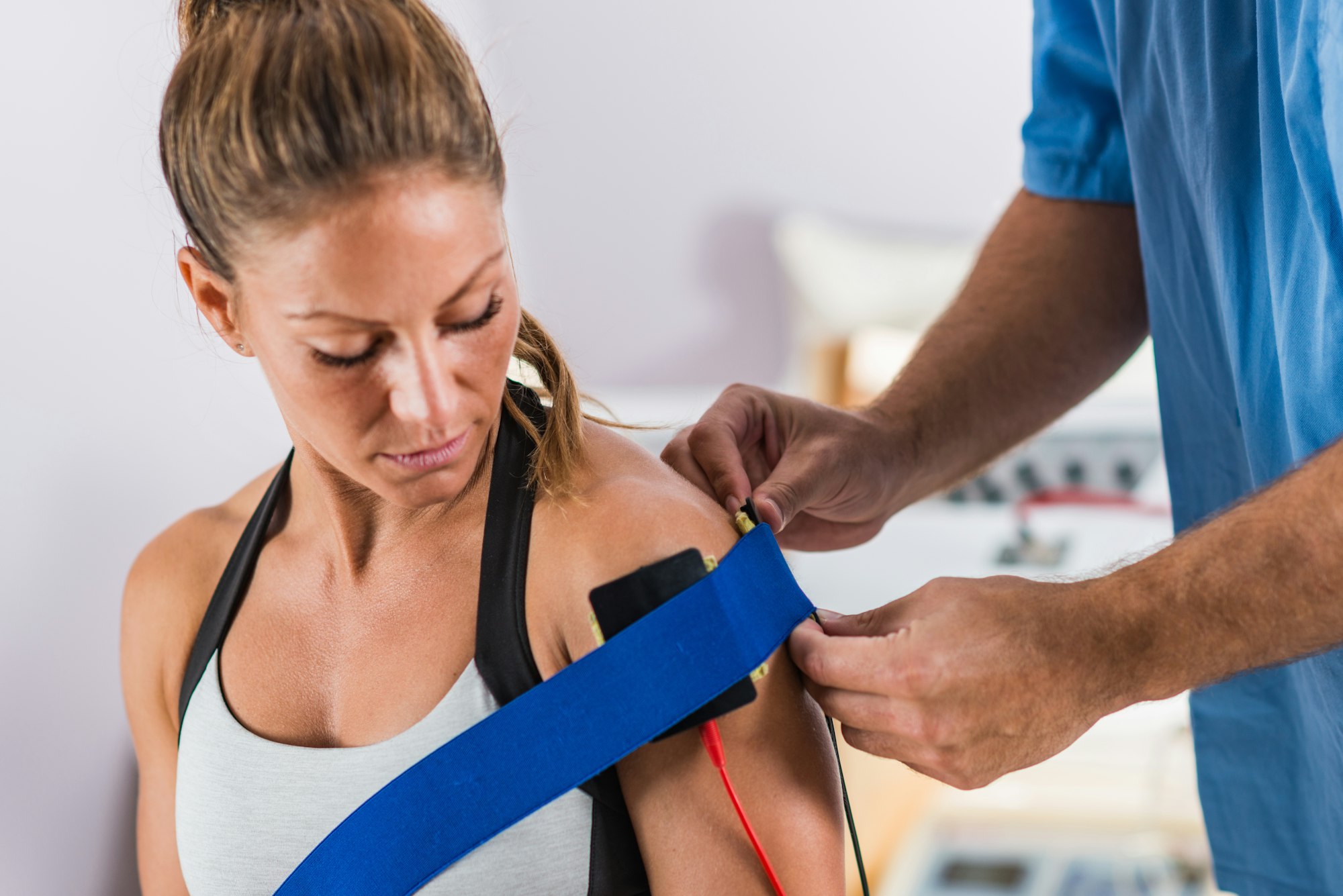
Imagine being able to heal your body by sending the right signals. Scientists are currently working on decoding bioelectrical signals to tap into the body’s natural healing processes. These signals are like the language our cells use to communicate, and understanding them could revolutionize medicine. Bioelectricity has the potential to heal and rejuvenate the body in ways we once thought impossible.

Bioelectrical signals are the body’s electrical language, conveying vital information about physiological activities. Researchers like Michael Levin at Tufts University have been pioneering research on how these signals play a crucial role in cell development and regeneration.
Understanding bioelectric signaling mechanisms is a complex task. These signals regulate cellular activities at the single-cell level and across entire organs. By decoding them, scientists aim to create therapies that utilize bioelectric signals for healing and tissue regeneration.
Think of your cells as orchestrators, directing bodily processes via electrical impulses. Bioelectrical signals influence how cells move, grow, and communicate, playing a crucial role in biological functions, such as wound healing. These signals guide cells toward the wound site, facilitating faster repair and regeneration.

This network of communication between cells is crucial for optimizing healing. Abnormal bioelectric signaling has even been linked to tumor development, suggesting that manipulating these signals could lead to new cancer therapies.
Researchers are also exploring how signal strength (amplitude) can intensify cellular responses. By modulating these signals, scientists can control specific activities at a cellular level, enhancing therapeutic outcomes.

Dr. Guangping Tai’s research at Cold Spring Harbor Laboratory is particularly noteworthy. His work delves into the intricate molecular-genetic and biophysical interactions that govern bioelectrical signals. Published in Cold Spring Harbor Perspectives in Biology, this pioneering study (DOI: 10.1101/cshperspect.a041236) bridges the gap between bioelectric effects and molecular biophysics. By employing innovative models, Tai’s research elucidates how electric fields can induce specific conformational changes in cellular structures, advancing our understanding of cellular behavior and potential therapeutic applications.
Meanwhile, cutting-edge research led by Dr. Michael Levin at Tufts University is also breaking new ground. Levin’s lab focuses on bioelectrical communication during cell development, investigating how cells use these signals to coordinate complex processes like regeneration and tissue repair. The insights gained from Levin’s work not only deepen our understanding of fundamental biological processes but also open the door to revolutionary medical treatments. According to Dr. Min Zhao, a prominent researcher in bioelectricity at the University of California, Davis, Levin’s research exemplifies the promising shift back to bioelectricity, complementing the once-dominant genetic approaches.
Additionally, studies by Pai et al. are providing further insights by examining bioelectrical phenomena in diverse organisms, including both animals and plants. These comparative studies, published in Developmental Biology (DOI: 10.1016/j.ydbio.2017.08.032), shed light on the universal principles of bioelectric signaling and suggest new avenues for translational research. By exploring bioelectrical communication in simpler organisms, researchers hope to unlock novel therapeutic strategies that can be applied to human medicine.
This collective body of work underscores a significant shift in the scientific community. With advanced biological signal sensing and microprocessor technologies, scientists can now explore bioelectric signals with unprecedented precision. The implications of these discoveries are vast, promising new treatments for a range of conditions, from wound healing to regenerative medicine.
One of the most exciting applications of bioelectricity is in enhancing tissue regeneration. By tapping into the body’s natural electrical signals, researchers are discovering ways to facilitate and speed up healing.
Bioelectric signals guide cells to the injury site, directing tissue repair. Researchers have shown that manipulating these signals can significantly improve the speed and quality of healing. For example, applying external electrical fields can amplify natural bioelectric cues, encouraging cell division and tissue repair.
Bioelectricity also shows promise in treating chronic wounds and conditions where natural healing is impaired, making this a highly promising area of regenerative medicine.
Current bioelectrical therapies, such as non-invasive electrical stimulation devices, are already proving effective in treating chronic wounds by promoting cell migration and reducing inflammation. These treatments use low-intensity electrical fields to accelerate healing.

Looking ahead, advances in bioelectric signal manipulation could lead to personalized therapies targeting specific patient needs. Imagine a future where your body’s electrical signals can be fine-tuned to regenerate damaged tissues or even organs. Researchers at the National Institutes of Health are driving innovation in this area, exploring the therapeutic potential of bioelectricity.
Bioelectrical therapies are already being integrated with traditional medicine to enhance treatment outcomes. For instance, combining bioelectric stimulation with traditional wound treatments like sutures can accelerate healing and reduce infection risks. Research shows that this combined approach improves outcomes in wound healing and tissue regeneration.
Additionally, bioelectrical signals could complement pharmacological treatments for chronic diseases. For example, in diabetic patients, bioelectric stimulation could improve wound healing, reducing the risk of complications.
Bioelectrical signals are electrical impulses that cells use to communicate with one another. These signals play a critical role in various biological processes, including growth, development, and healing.
Bioelectrical signals can influence cellular behavior, such as cell migration and differentiation, which are essential for tissue regeneration and wound healing. By modulating these signals, scientists can potentially enhance the body’s natural healing capabilities.
Yes, some existing therapies harness bioelectrical signals to treat medical conditions. For example, electrical stimulation devices are used to promote tissue regeneration and alleviate chronic pain. Researchers are also exploring new applications, such as bioelectrical treatments for nerve damage and cancer.
Absolutely. Integrating bioelectrical signal modulation with traditional medical treatments could enhance therapeutic outcomes. For instance, combining bioelectrical therapies with medications or surgical interventions may improve the success rates of treatments and speed up the healing process.
The future of bioelectrical therapies is promising, with ongoing research focused on developing more effective and targeted treatments. Potential future applications include personalized bioelectrical therapies tailored to individual patients’ needs, new treatments for previously untreatable conditions, and the integration of bioelectrical signals in regenerative medicine and tissue engineering.
The field of bioelectrical signaling holds immense promise for revolutionizing how we heal and regenerate. By influencing cellular behavior, bioelectrical therapies could soon offer innovative, non-invasive solutions for a range of medical conditions. As research progresses, we can expect a future where bioelectrical treatments are seamlessly integrated with traditional medicine for more holistic healing.
Curious about how bioelectricity can enhance your fitness and recovery? Explore BodStim and discover how bioelectric technology can optimize your workouts, speed up recovery, and promote overall wellness.


